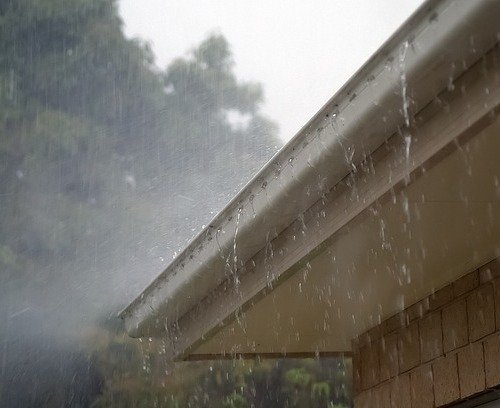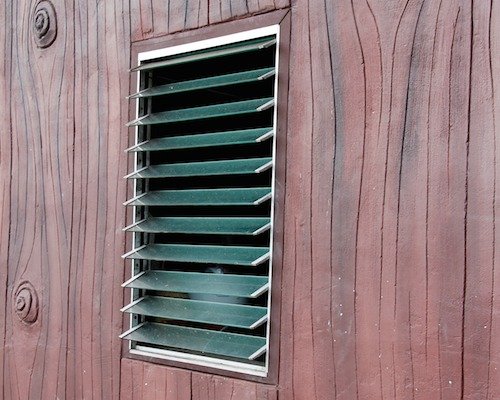Out of sight, out of mind is the approach many take when it comes to regular home maintenance or big cleaning projects.
If you can’t see it, why bother?
Especially if you know it’s going to take up your entire Sunday to address.
While regular HVAC maintenance is important, there is debate surrounding one specific area: the air ducts.
The general consensus is that frequent air duct cleaning isn’t necessary, but there are some issues that call for a professional air duct cleaning.
Some Air Duct Problems to Leave to the Professionals
- Suspicion of mold growth
- Mice or vermin infestation
- Visible dust coming from the supply registers when air is exiting the vents
- Dust buildup when changing air filters
- Black debris around air vent register
What Goes into the Duct Cleaning?
Air duct cleanings should be performed by professionals, as special tools and techniques are required for a proper cleaning.
Additionally ducts may have to be cut for access by special tools; which requires skill and previous knowledge.
It’s recommended to get a professional duct cleaning once every 2-5 years, but of course it’s all boils down to what you feel is best for you and your home.
Some families who deal with allergies or asthma may consider more frequent cleanings.
Preparing for the Cleaning
Site prep is key for a successful cleaning.
While you shouldn’t attempt to do the cleaning yourself, there are plenty of helpful measures you can take beforehand that will ensure a smooth and successful job.
1. Review
Along with your duct cleaning contractor, you’ll want to review and evaluate each step of the process so that there is no confusion.
You should disclose any and all information about remodels or HVAC issues in the past before the cleaning.
2. Make Space
Just like with a home inspection, you’ll want to make sure you clear out the key areas.
Find out ahead of time how much space around the air vent register your contractor would like. Ensure each register is accessible, and you’ll save everyone time.
3. Prepare for Noise
There’s no way around it, duct cleaning can be very loud.
If you have children or pets, consider getting them out of the house for the day as it may agitate them. If it’s not possible for them to leave the house, make sure you have them in a safe area.
4. Safety Plan
Even if you plan to stay in the house, you should go over a safety plan with your contractor.
While it’s uncommon, fires are always possible, especially when handling special equipment.
Be sure that you and your contractor both know where the nearest fire extinguisher and exits out of the house are located.
While there may be debate around the benefits of or how often to have duct cleanings, there’s one thing everyone can agree on—cleanings should always be performed by certified professionals.
If you have any home concerns or you’d like an expert opinion, get in touch with us here! Schedule your own HVAC inspection and see if an air duct cleaning is in the cards for your future.





